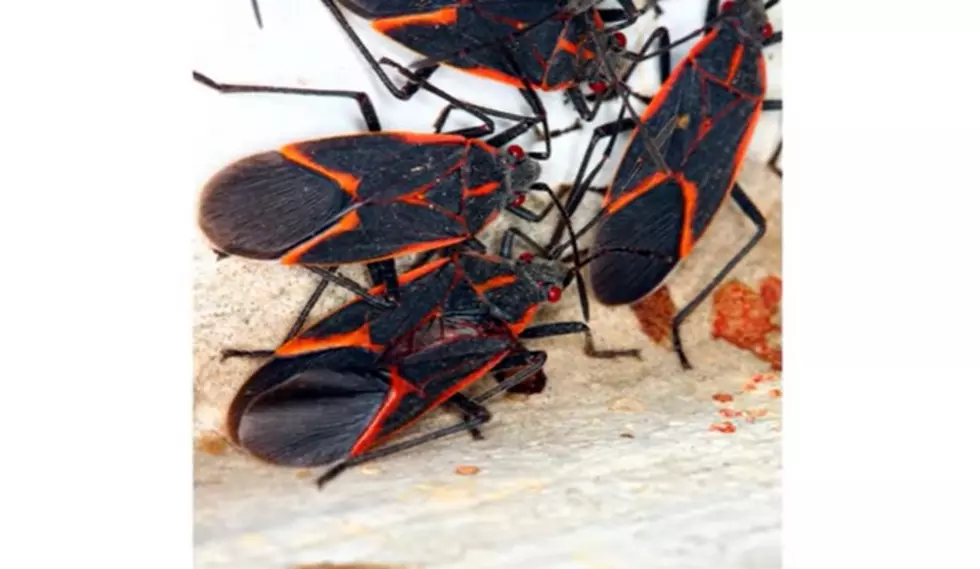
Smithsonian Institution – Dale’s Daily Data
He was an English scientist who had never been to America, but when he died there was a small footnote in his will that said if his only nephew died without any heirs, his entire estate should go the United States of America to establish in Washington, D.C. a place for the spread of knowledge. That’s exactly what happened – his nephew died – had no family, so the entire estate went to the United States.
It was an estate of about half a million dollars in gold, shillings and pence as well as a mineral collection, a collection of books, scientific notes and personal effects. Nobody really knew what to do with the money and what should be created – a national university, a public library, an observatory? Congress decided that the best thing to do is create a museum of sciences, arts and history with a program of research and publication.
It was on this date, August 10th, 1846 that President James Polk signed a bill establishing the Smithsonian Institution in honor of James Smithson.
Today, the Smithsonian is made up of
19 museums and galleries, nine research facilities throughout the United States
and the world, and the national zoo. The
National Museum of American History houses the original Star-Spangled Banner
and other artifacts of U.S.
history. The National Air and Space
Museum is the most
visited museum in the world. Among the
exhibits there are the Wright brothers' plane and Freedom 7, the space
capsule that took the first American into space. In the original Smithsonian building known as
the castle is a tomb that contains the body of James Smithson.
More From 106.5 WYRK








